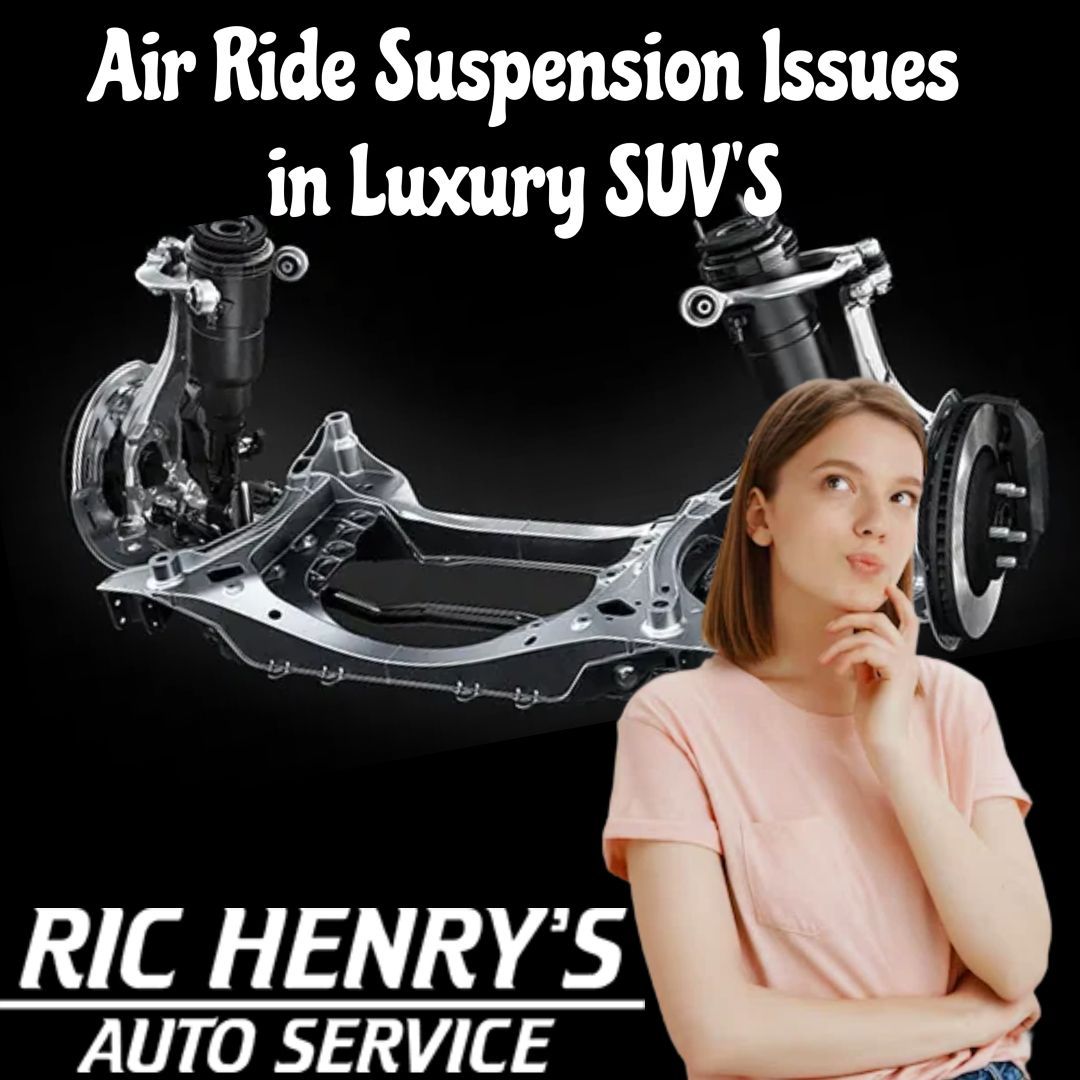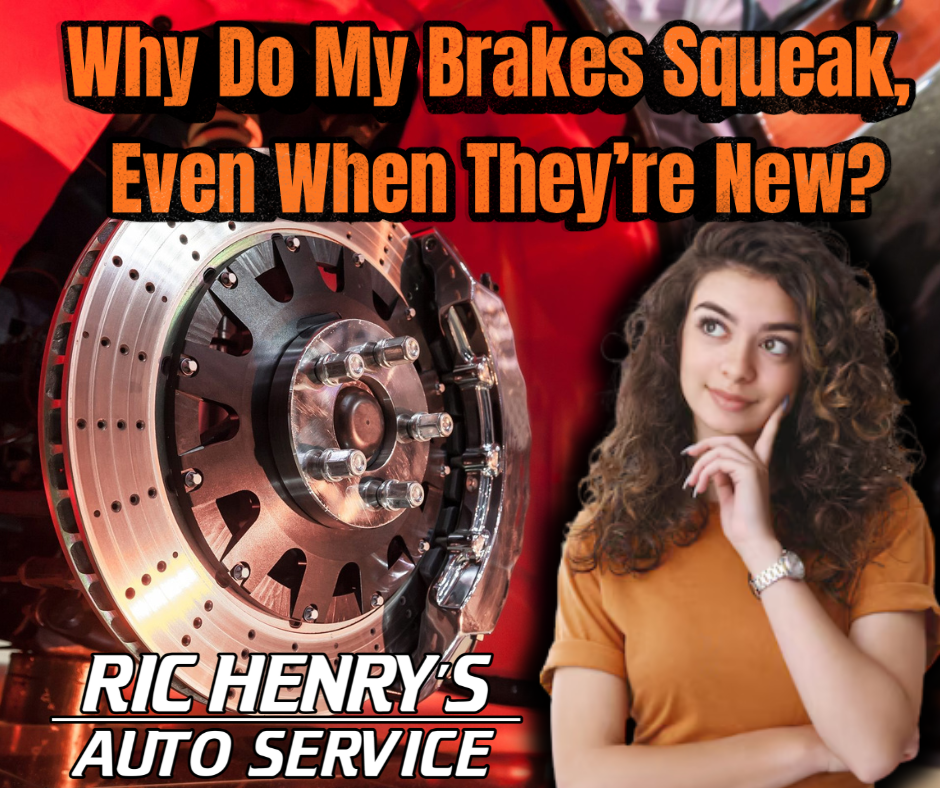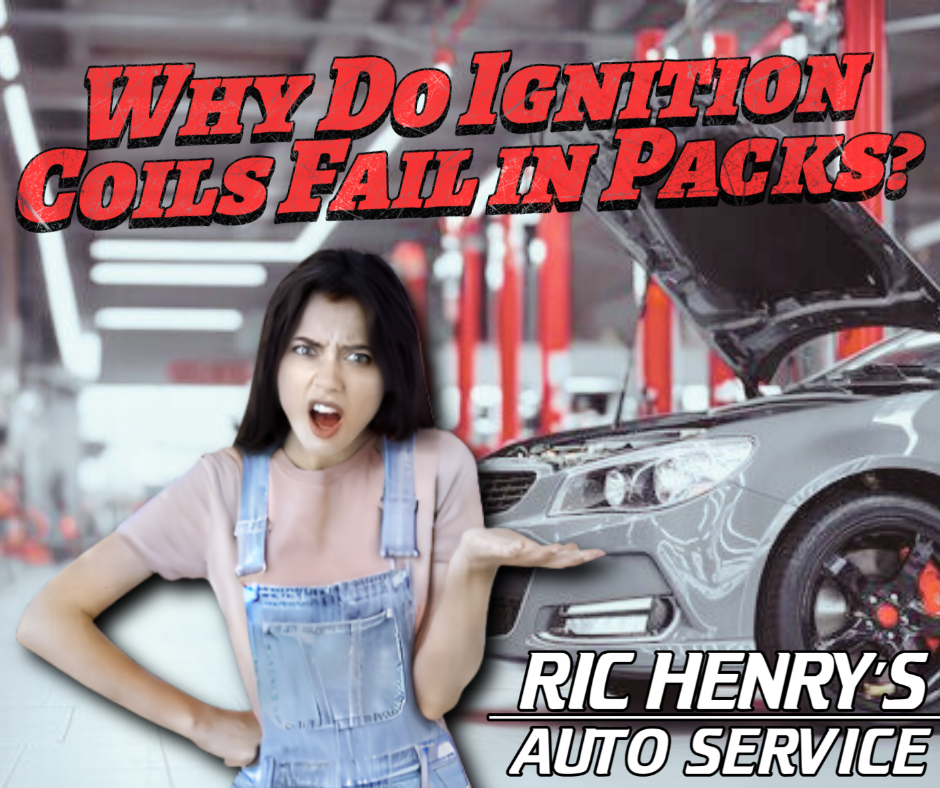That Sinking Feeling: A Guide to Luxury SUV Air Suspension Woes
NaTasha Brand • October 28, 2025
The Tell-Tale Signs Your Air Suspension is Waving the White Flag

If you’re cruising around San Angelo in your luxury SUV, you’ve made an investment. An investment in comfort, in capability, and in the simple, smug joy of gliding over our West Texas roads while everyone else feels every crack and dip. That magic carpet ride? You can thank (or curse) a brilliant yet temperamental piece of engineering: the air suspension.
But what happens when that cloud-like comfort turns into a clunky, sagging nightmare? When your stately Range Rover, Mercedes, or Audi starts to look like it's doing a limbo dance in your H-E-B parking spot? You, my friend, are likely facing the most common plight of the high-end SUV owner: air suspension failure.
What is Air Suspension, and Why Do Luxury SUVs Have It?
In simple terms, while most cars use steel springs, your luxury SUV uses a system of rubber air bags at each wheel, inflated by an onboard compressor. It’s a sophisticated setup controlled by a brainy computer that constantly adjusts the ride height.
Why bother? For three brilliant reasons:
Comfort: It automatically softens or firms up the ride based on conditions, isolating you from everything from potholes on Bryant Blvd to the washboard gravel on your way to Lake Nasworthy.
Capability: Need to ford a shallow stream or handle a steep driveway? You can raise the vehicle. Need to load groceries or hitch a trailer? It can kneel down to make life easier.
Stability: It keeps the vehicle level, improving handling and safety whether you’re loaded down with gear or driving solo.
The Tell-Tale Signs Your Air Suspension is Waving the White Flag
This system is fantastic, but its components, the air struts, compressor, valves, and dryers, are wear items. They don't last forever, especially when faced with our Texas heat and temperature swings. Ignoring these symptoms is a recipe for a very expensive repair bill.
The "Saggy Bottom" Syndrome: You walk out to your car in the morning and one corner, or the entire rear end, is lower than a rattlesnake in a wagon rut. This is the most classic sign of a leaking air bag or strut.
The Ride of a Desert Jalopy: That once-plush ride now transmits every pebble and seam in the road directly to your spine. The air springs have lost their cushion, and you’re basically riding on the internal bump stops.
A Compressor with a Death Rattle: When you start the car, you hear an unusually loud, continuous whirring or grinding from under the vehicle that lasts for minutes. A healthy compressor should only run for short bursts. This poor thing is working overtime to fill leaks.
Dashboard Lit Up Like a Christmas Tree: Warning messages like "Suspension Fault," "Vehicle Too Low," or "Leveling Inactive" are your SUV’s cry for help. Don’t just clear the code and hope for the best.
Handling Like a Boat in a Storm: If the SUV feels unusually floaty or wallowy in corners, the system is failing to keep the vehicle properly level and controlled.
Why You Shouldn't Ignore It: From a Nuisance to a Nightmare
Think you can just live with a little sag? Think again. Procrastination is the enemy of your wallet here.
The Domino Effect: A struggling compressor will burn itself out trying to compensate for a small leak. Now you’re replacing a $300 air spring and a $1,200 compressor.
Safety First: A compromised suspension affects braking, cornering, and overall stability. It’s a safety system, not just a comfort one.
The Tow of Shame: When it fails completely, your luxury SUV can become completely undriveable, stranded on its bump stops. Not a good look in the Concho Valley.
Trust Your Steed to the Experts at Ric Henry's Auto Service
So, where do you turn? The dealership will gladly take your arm and your leg. But here in San Angelo, you have a smarter, more personal alternative: Ric Henry's Auto Service.
We don’t just fix luxury SUVs; we understand them. Our experienced technicians are equipped with the same advanced diagnostic tools and factory-grade equipment the dealership uses. We offer comprehensive auto repair services, and that includes a deep expertise in diagnosing and repairing air suspension systems. Whether it's a minor seal, a full air strut replacement, or a compressor rebuild, we handle the entire job with precision.
And because we believe in our work, we back every service with a robust 3-year/36,000-mile warranty, a promise of quality and peace of mind you won’t find just anywhere. While we’re fixing your suspension, ask us about our other system maintenance services to keep your SUV in peak condition.
Don't let a failing air suspension deflate your luxury driving experience. Trust the pros who know San Angelo roads and the vehicles that conquer them.






Share On: